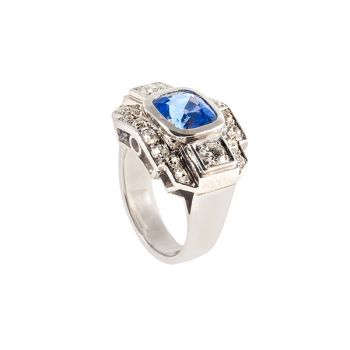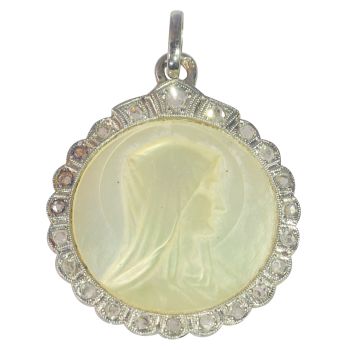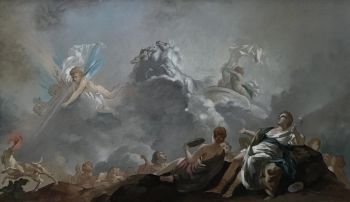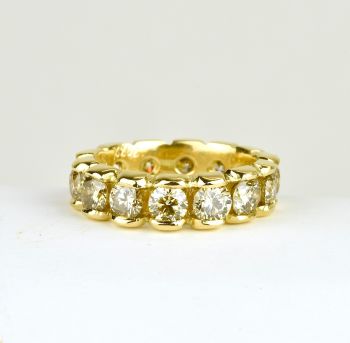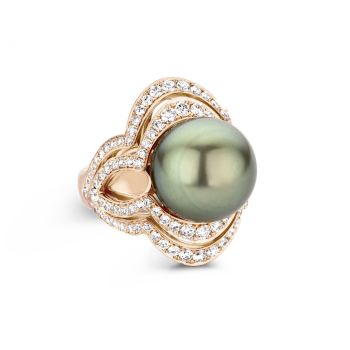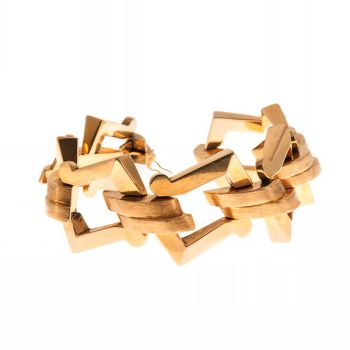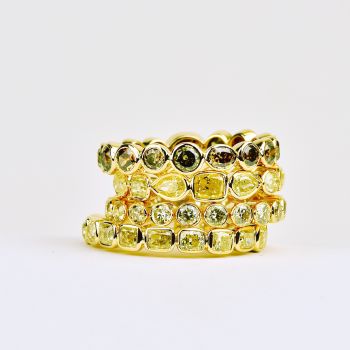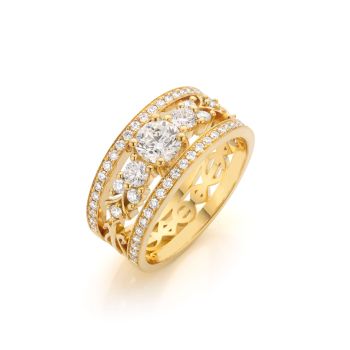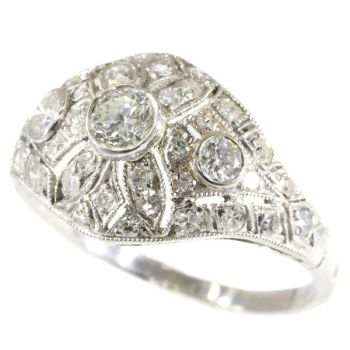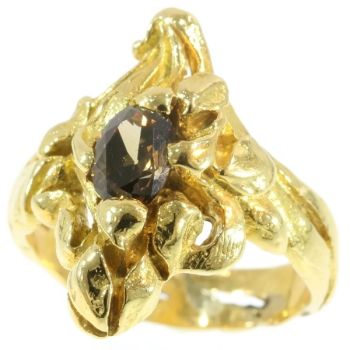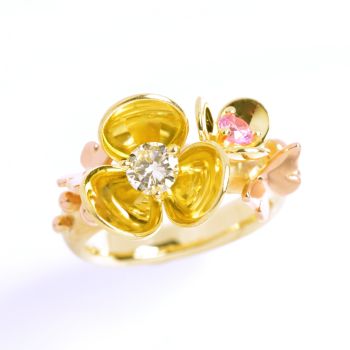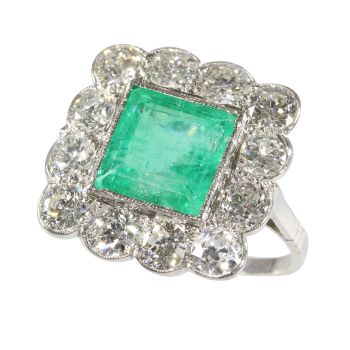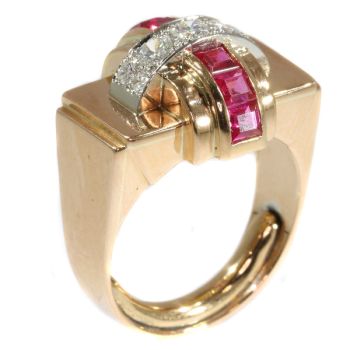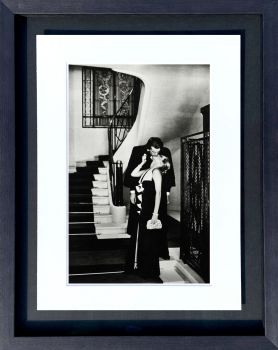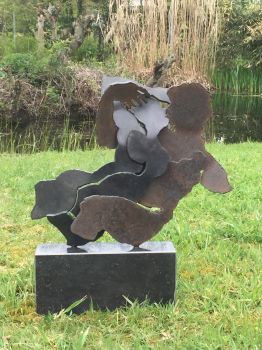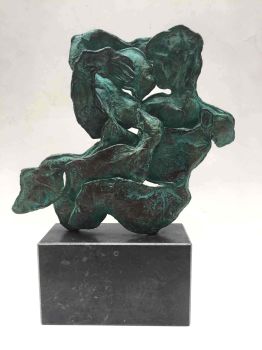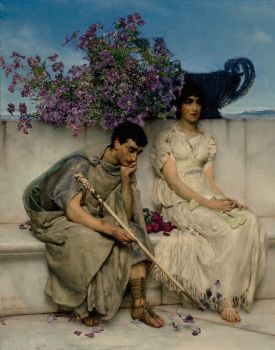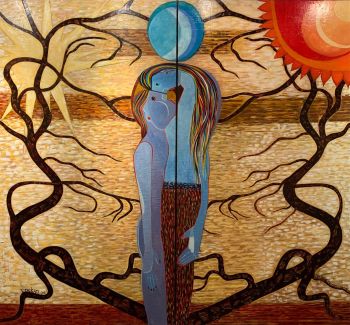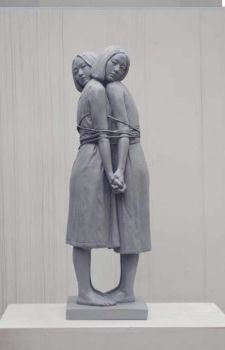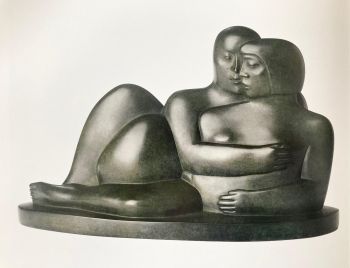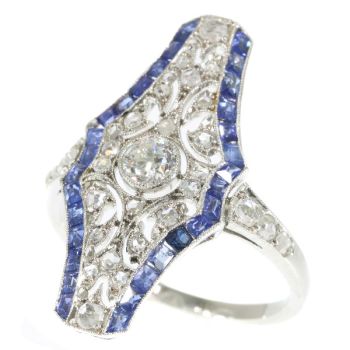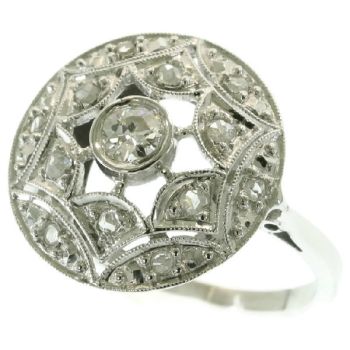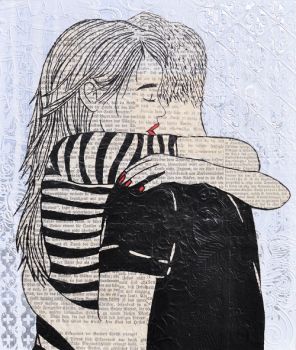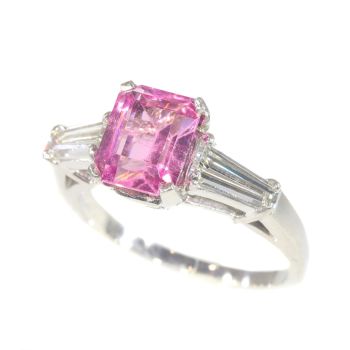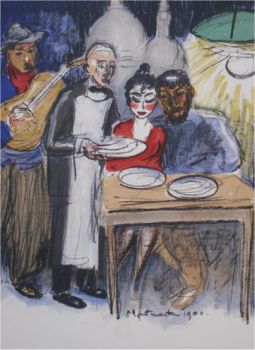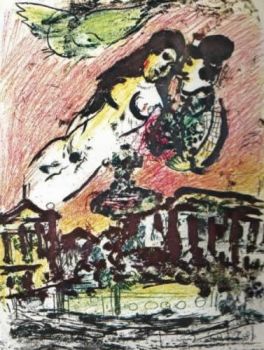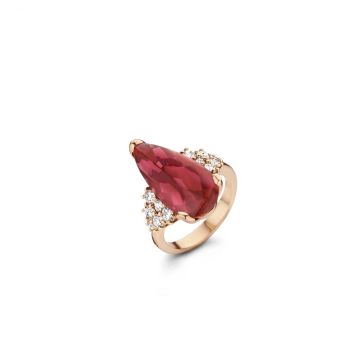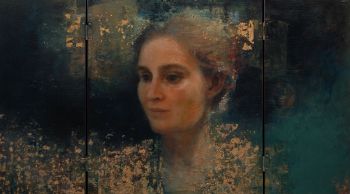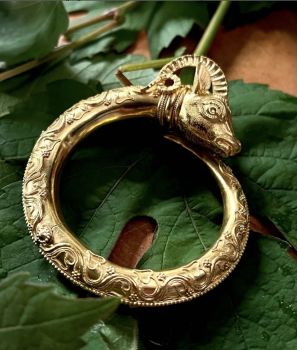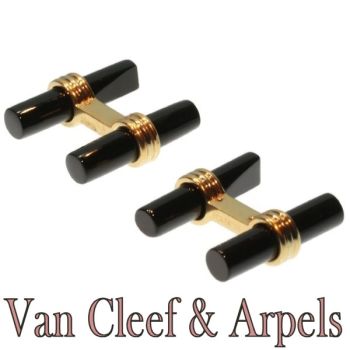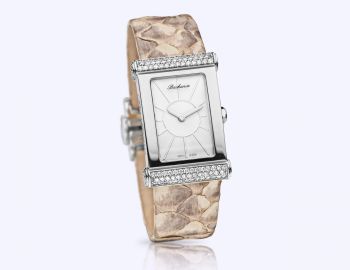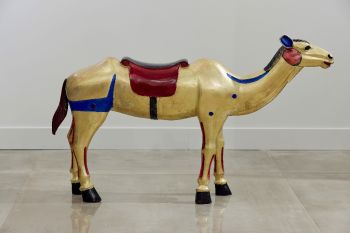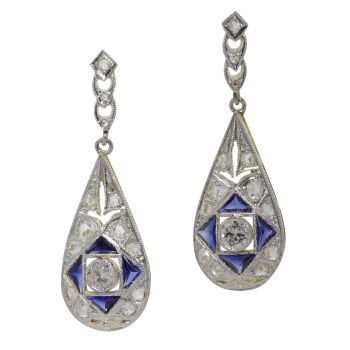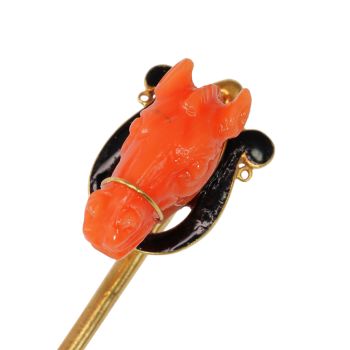Love Across Centuries: A Dutch 1670 Claddagh Ring 1670
Artista Desconocido
Oro
€ 9.500
Adin Fine Antique Jewellery
- Sobre la obra de arte
This high carat gold Claddagh ring, a treasure from the Southern Netherlands circa 1670, is more than a jewel; it's a materialization of enduring love. Its Baroque artistry, resonant with nostalgia and reverence, symbolizes a bond that transcends time.The Claddagh motif, emblematic of affection and fidelity, suggests that the ring once served as a poignant token between two hearts. Now, centuries later, its mystique endures, continuing to tell a tale of love's timeless nature. Admired not only for its exquisite craftsmanship but also as a testament to the everlasting power of love, this ring stands as a poignant reminder that true affection, much like art, is eternal.
Antique jewelry object group
ring
Condition
good condition
more info on our condition scale
Country of origin
"The Southern Netherlands" refers to the historical term used for the southern region that encompasses present-day Belgium and the southern part of the Netherlands. (Belgium gained independence from the Netherlands in 1831.)
To be more precise, we are contemplating the possibility of a small town in the vicinity of Roermond or Maastricht.
Style
Baroque - Baroque is an artistic style prevalent from the late 16th century to the early 18th century in Europe. It is most often defined as "the dominant style of art in Europe between the Mannerist and Rococo eras, a style characterized by dynamicmovement, overt emotion and self-confident rhetoric".
See also: Baroque
more info on styles
Style specifics
Baroque is a style in art and decoration that developed shortly before 1600 and remained current in Europe until the emergence of the Rococo style c.1730. It was started in Italy, and spread to Germany, Austria, the Low Countries, and Spain andPortugal, with only a somewhat severely classical version being popular in France under Louis XIV. The style was a development of the Renaissance style and is characterized by lively, curved, and exuberant forms, by vigorous movement, and by richornament, based on classical sources, being symmetrical as distinguished from the asymmetry of the following Rococo style.
Period
ca. 1670
Events & facts of this era, poetry of this era, fashion of this era.
Source of inspiration
Affection and Love - This is what's known as a Claddagh or Fede Ring. The term 'fede ring' is derived from the Italian phrase 'mani in fede,' which translates to 'hands joined in loyalty.' These rings represent affection through the heart, camaraderiethrough the hands, and allegiance through the crown.
Material
high carat yellow gold (higher alloy than 18K)
more info on precious metals
Extra information
While this ring likely originates from around 1670 and was probably crafted in the Southern Netherlands, its design draws inspiration from the Claddagh style, which has deep Irish origins and is traditionally linked to Claddagh, a coastal village nearGalway in Ireland.
Hallmarks
One hallmark showcases a capital 'K' encircled within a standing 5-pointed star, while the other hallmark, in a rectangular shape with truncated corners, bears two capital letters, 'T' and 'B'.
more info on hallmarks
Dimensions
band width top of ring 1,00 cm (0,39 inch)
see picture with a ruler in millimeters and inches
Weight
2,20 gram (1,41 dwt)
Ring size Continental EU: 53 & 17 , Size USA: 6¼ , Size UK: M
Resizing
Naturally, it is feasible to resize this ring, but our inclination is to leave it untouched. As individuals who consider ourselves guardians of history for the benefit of future generations, we suggest that the ring's new owner maintains its currentstate, preserving its historical and artistic significance. While wearing it is certainly an option, we strongly recommend doing so with utmost care and reverence for this venerable jewel, reserving it for truly exceptional occasions.
more info on ring sizes
Adin Reference Nº
23304-0151
Copyright photography
Adin, fine antique jewellery
Additional information
our latest acquisitions
jewelry glossary
wall of fame
visit us in Antwerp
subscribe to our mailinglist
- Sobre el artista
Puede suceder que un artista o creador sea desconocido.
Algunas obras no deben determinarse por quién está hecho o por (un grupo de) artesanos. Algunos ejemplos son estatuas de la Antigüedad, muebles, espejos o firmas que no son claras o legibles, pero también algunas obras no están firmadas en absoluto.
También puedes encontrar la siguiente descripción:
•"Atribuido a …." En su opinión, probablemente una obra del artista, al menos en parte.
•“Estudio de….” o “Taller de” En su opinión, una obra ejecutada en el estudio o taller del artista, posiblemente bajo su supervisión
•“Círculo de…” En su opinión, una obra del período del artista que muestra su influencia, estrechamente asociado con el artista pero no necesariamente su alumno.
•"Estilo de …." o “Seguidor de…”. En su opinión, una obra ejecutada al estilo del artista pero no necesariamente por un alumno; puede ser contemporáneo o casi contemporáneo
•"Manera de …." En su opinión una obra al estilo del artista pero de fecha posterior
•"Después …." En su opinión, una copia (de cualquier fecha) de una obra del artista
•“Firmado…”, “Fechado…” o “Inscrito” En su opinión, la obra ha sido firmada/fechada/inscrita por el artista. La adición de un signo de interrogación indica un elemento de duda.
•“Con firma…”, “Con fecha…”, “Con inscripción…” o “Lleva firma/fecha/inscripción” en su opinión la firma/fecha/inscripción ha sido añadida por alguien que no es el artista
¿Está interesado en comprar esta obra de arte?
Artwork details
Related artworks
Artista Desconocido
Anillo retro en platino engastado con diamantes y zafiro1940 - 1950
Precio a consultarLyppens Juweliers
Artista Desconocido
The Stamford Raffles Secretaires.1800 - 1813
Precio a consultarZebregs & Röell - Fine Art - Antiques
1 - 4 / 12Artista Desconocido
Een Gotische zuidelijke Nederlanden wandklok1580 - 1590
Precio a consultarNico van den Assem restauratie
 curada por
curada porDanny Bree
Artista Desconocido
A Surinam-themed Amsterdam long-case clock1746 - 1756
Precio a consultarZebregs & Röell - Fine Art - Antiques
 curada por
curada porGallerease Magazine
Artista Desconocido
Een Gotische zuidelijke Nederlanden wandklok1580 - 1590
Precio a consultarNico van den Assem restauratie
1 - 4 / 24- 1 - 4 / 24
- 1 - 4 / 24
- 1 - 4 / 24
- 1 - 4 / 12










